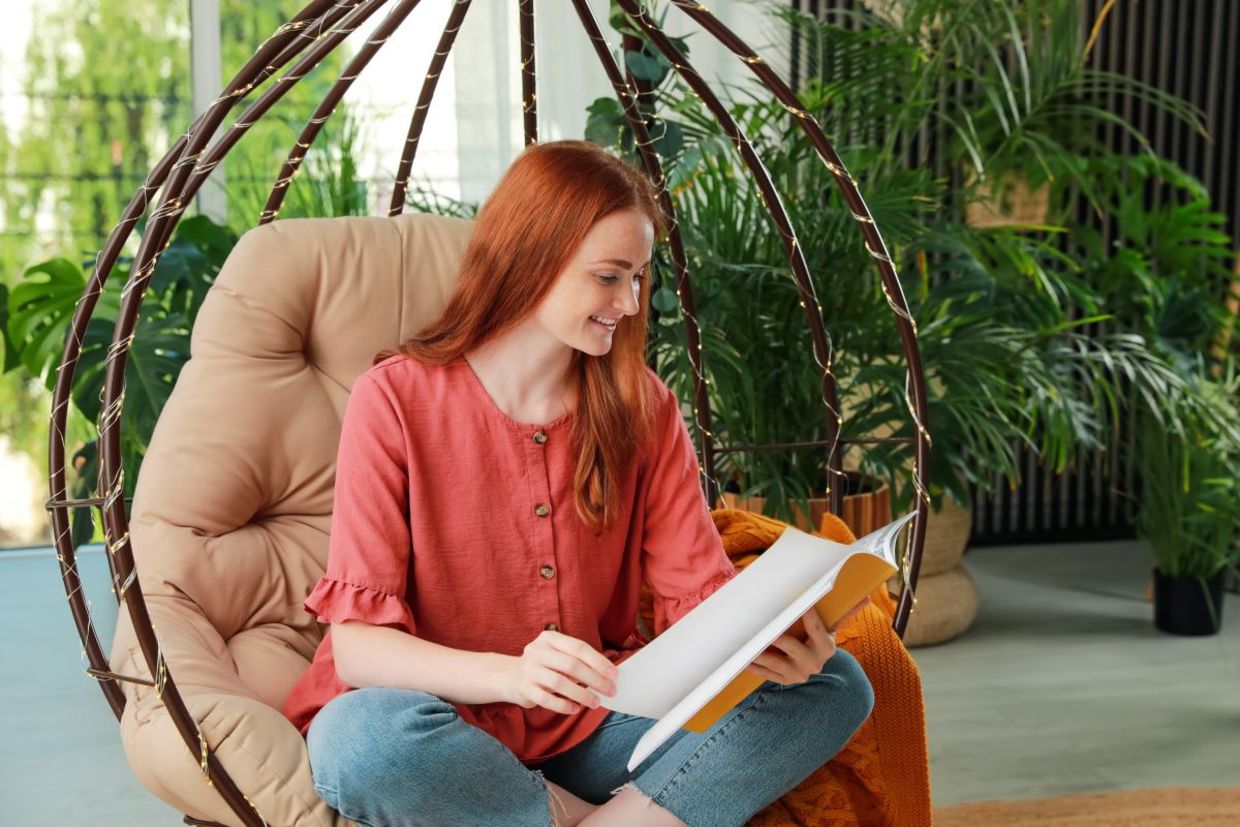
(New Africa / Shutterstock.com)
Whether you are an experienced plant parent or just a beginner, anyone can learn how to take care of indoor plants. Caring for houseplants is not hard even if you do not have a green thumb.
“Once new indoor gardeners have a better understanding of where a plant should live, how to water it and how much light it needs, that will boost their confidence that they can make them thrive,” Anil Chandrakumar, a garden coordinator with the New York City parks department told The Readers Digest.
The best houseplants for beginners are ones that are not hard to maintain, stressed Readers Digest. But which plants you choose will depend on how much space you have and how much available light there is. But remember different plants need different growing conditions and you have to pick ones that fit your environment and lifestyle. Here are five helpful hacks to keep your houseplants healthy and happy.
Lighting
Before you purchase a new plant, make sure you research how much light it needs, according to the Almanac. If you buy a cacti or aloe vera – two very easy to grow varieties , you will need a window that has bright light exposure. Some plants like fiscus or philodendrons like partial shade and others like snake plants of pothos thrive in low-light. But note that all plants need periods of darkness to grow.
If your plants are not getting enough sunlight, it will not grow or flower and it will lose its lower leaves. But if it is getting too much light, the edges of its leaves could scorch or appear dull.
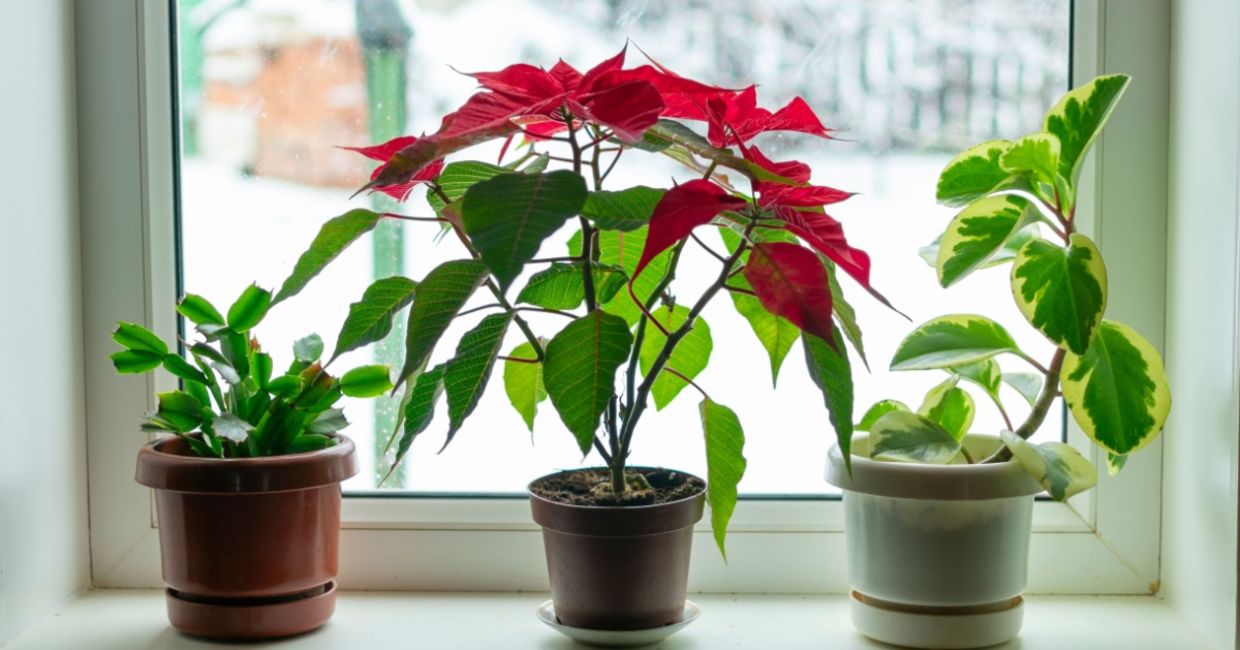
(axeiz / Shutterstock.com)
Watering
Watering can be touchier. In fact, more plants die from overwatering than any other reason. While some houseplants can tolerate being moist all the time, cacti and jade plants can go without water for a month or even two. Make sure that your pots have drainage holes or it can develop root rot.
Plants need more water in the spring and summer than during the cold weather months. Try to water your plants in the morning but always check the soil to see if more water is needed. Water when the bottom of the pot feels dry. Always use room temperature water and keep watering until the excess comes out the drainage hole.
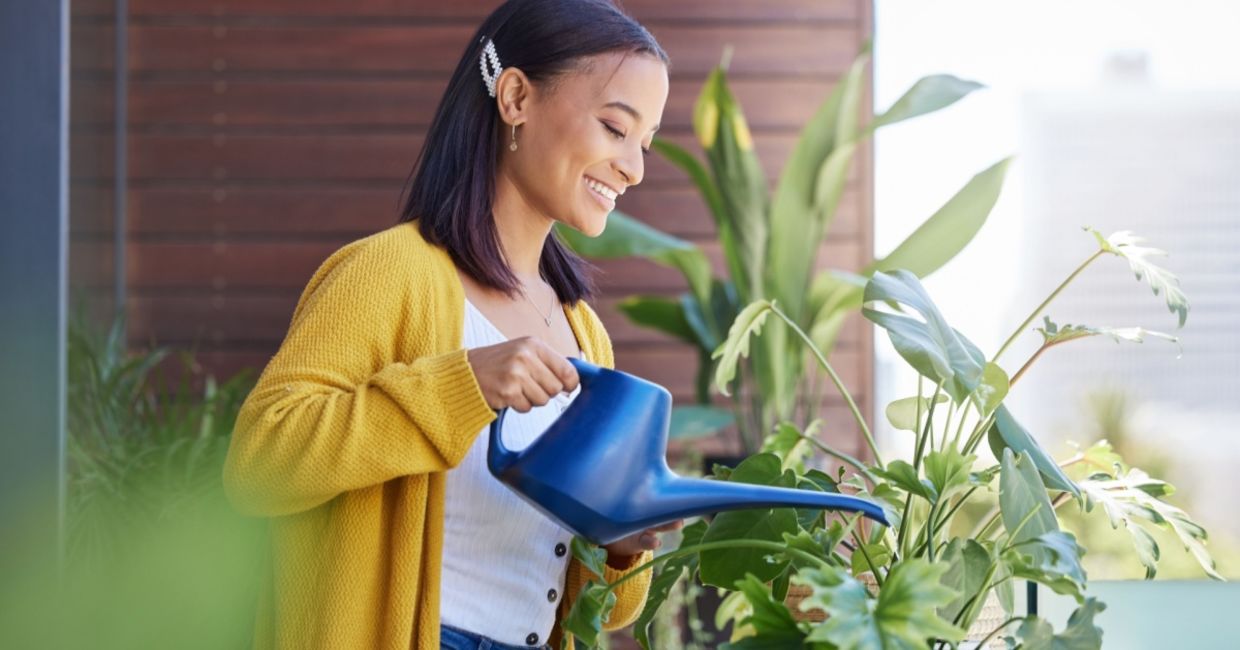
(PeopleImages.com - Yuri A / / Shutterstock.com)
Fertilizing
Most indoor plants can be fertilized but always check the instructions on the fertilizer you buy before using. You can also use homemade natural fertilizers. You can use fertilizer in the spring and summer but stop during the winter when your plants are dormant.
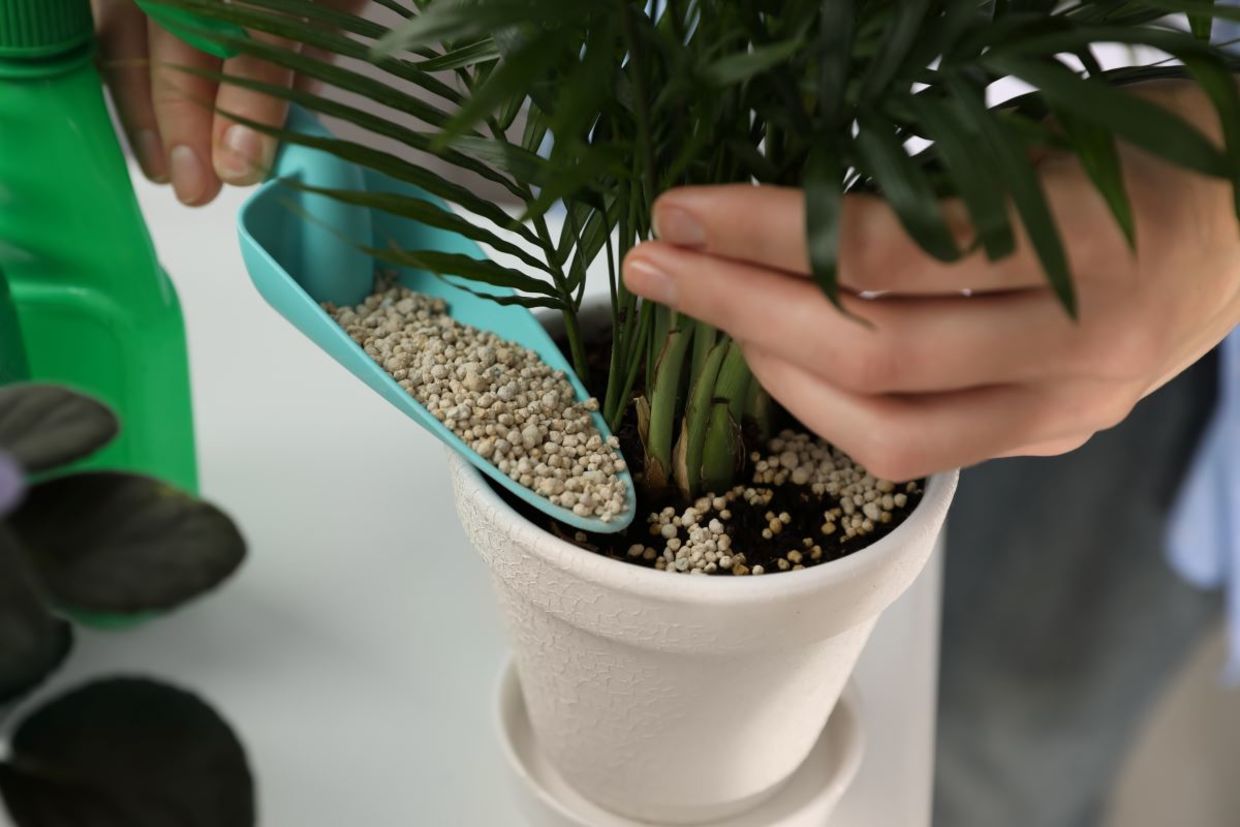
(New Africa / Shutterstock.com)
Pest Control
Where there are plants, there are pests, even from the best nurseries. But there are some tried and true natural ways to get rid of plant pests. You can push a clove of garlic in the pot to keep away bugs. You can remove aphids from plants by brushing it with a solution of rubbing alcohol, water, and dish soap. This also works on mealybug and scale. Just remember to check your plants frequently.
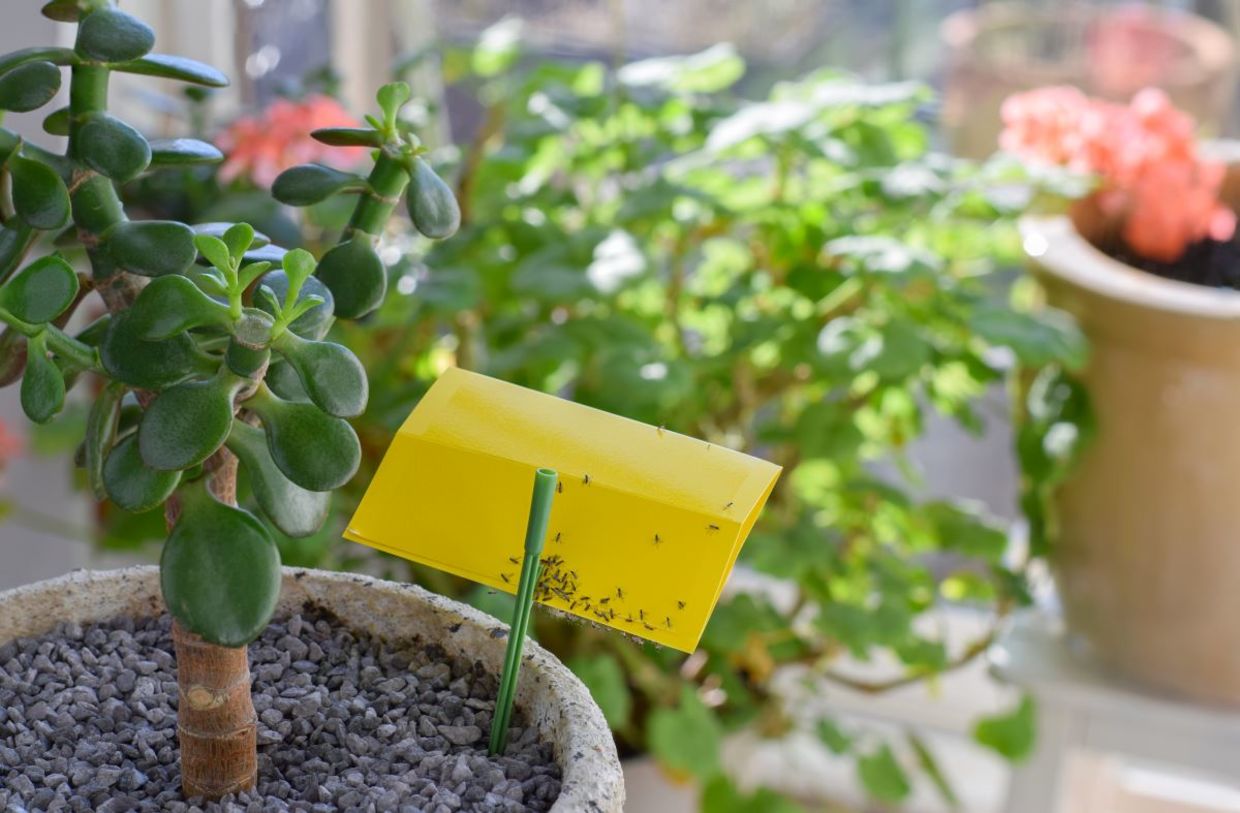
(JulieK2 / Shutterstock.com)
Repotting
You do not have to repot unless your plant has grown too large for its home. According to a blog on the ambius website. If your plant’s roots are coming out of the pot or if the plant cannot be removed from the pot, it is time to replant. Choose a pot that is a few inches larger than the one your plant is and add some soil to the bottom of it.
Next, remove your plant from its current home and gently slash the roots to stimulate new growth. Then gently place your plant in the new pot and fill with soil up to the level of the old pot. Just add water and you have successfully repotted your plant.

(Lysenko Andrii / Shutterstock.com)







